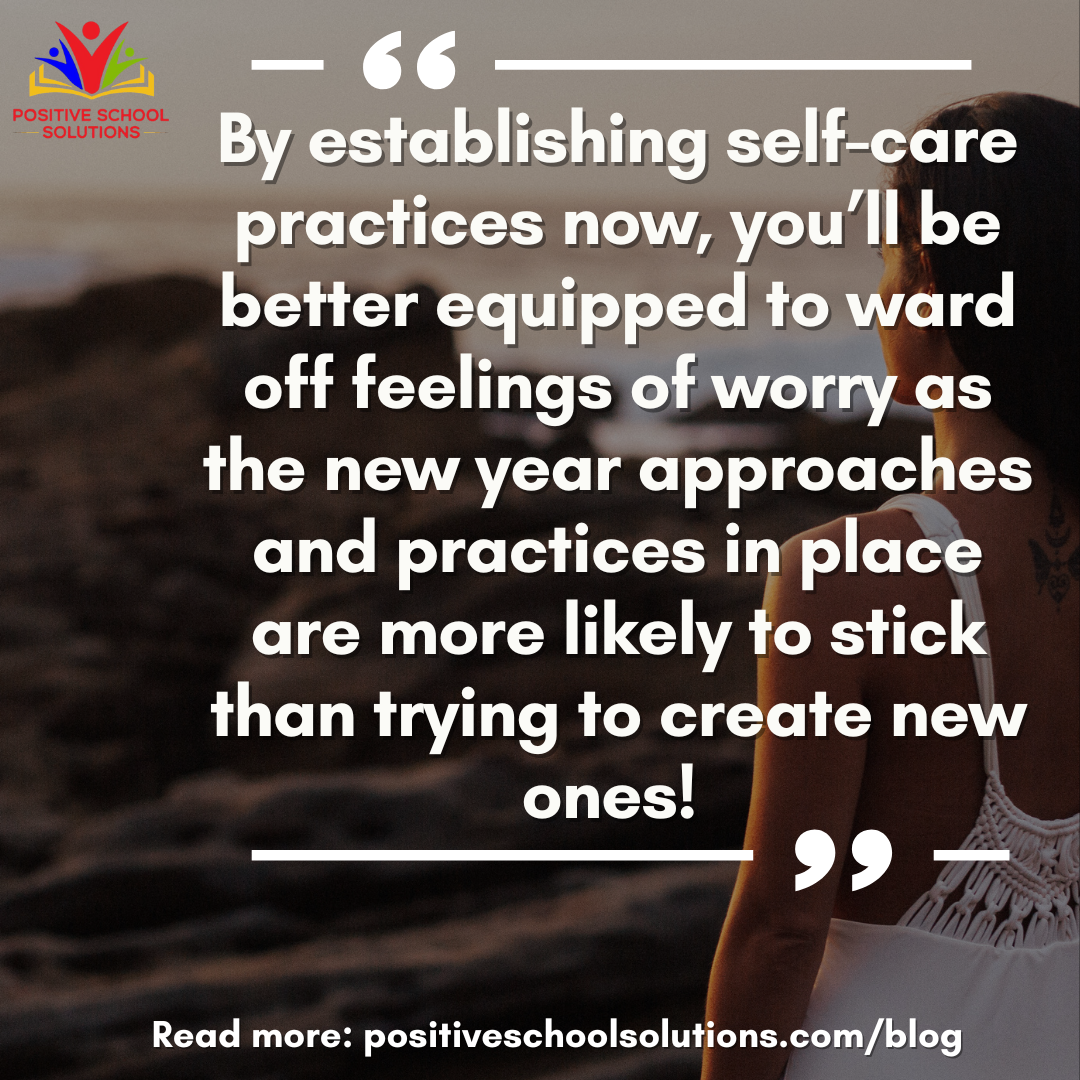 The start of August always serves as a reminder that the next school year is soon upon us. That typically means we try to cram as many summer memories as we can make in 2 – 3 weeks, examine and confer about our class lists, wait for the all-clear that the hallways are waxed and dried so we can get into our classrooms, and the accept the building of excitement, anticipation, and anxiety within ourselves.
The start of August always serves as a reminder that the next school year is soon upon us. That typically means we try to cram as many summer memories as we can make in 2 – 3 weeks, examine and confer about our class lists, wait for the all-clear that the hallways are waxed and dried so we can get into our classrooms, and the accept the building of excitement, anticipation, and anxiety within ourselves.
This summer there may be a little more anxiety than usual due to the uncertainty of whether school will be held in-person, remote, a hybrid model, or outdoor teaching. Any of those models will mean that there is something new that must be learned, that all of our previously amazing lessons need to be adapted and modified, and that these last few weeks of August will be spent planning, prepping, and thinking about how we can still offer the best learning experience for our students.
A challenge for you in the last few weeks of August is to focus on SELf-care, which will help you face any challenges that come your way this school year. By establishing self-care practices now, you’ll be better equipped to ward off feelings of worry as the new year approaches and practices in place are more likely to stick than trying to create new ones!
Here are 5 SELf-care practices to consider implementing before the school year starts up.
The definition of SEL, according to CASEL, the Collaborative for Academic, Social, and Emotional Learning, is “how children and adults learn to understand and manage emotions, set goals, show empathy for others, establish positive relationships, and make responsible decisions” with five competencies: self-awareness, self-management, social awareness, relationship skills, and responsible decision-making.
-
- Set boundaries. Have you said “no” to something in the last 3 months? Do you go to bed each night at the same time? Do you prioritize your time at home, sleep, and relaxation by only checking your work emails at specific times during the day? If you answered no to any of these, this might be a SELf-care practice to try out! Highlighting the competencies of self-management and self-awareness, setting boundaries allows us to prioritize what is important to us and tells others how we want to be treated.
-
- Create realistic health goals. Our health, now more than ever, is critical to our well-being. We cannot serve the students we work with, support our families, be there for our colleagues, or maintain close relationships if we feel sick, tired, and less than 100 percent. Knowing that our health is important, we must also be realistic when setting health goals to ensure that they are maintained. While our ideal might be to exercise for an hour, if we are currently sedentary, a health goal could be going for a walk for 15 minutes each day. Setting that as a goal means that we are more likely to meet it each day. And, if we are out and decide to walk for an hour we’ll only reap additional benefits – hitting our goal and exceeding it! Goals are a key component to the competency of self-management, by holding ourselves accountable to goals we set, we must manage our time, values, and selves, creating a powerful self-care practice.
-
- Establish (and practice) a positive morning routine. A good morning routine increases feelings of happiness and productivity for the entire day. Each person’s positive morning routine will differ – some individuals find that exercising first thing makes them feel awake and alert, others reap benefits from journaling, reading, or practicing mindfulness, and yet others use the start of the day to maximize their creativity. Your morning routine should consist of practices that make you feel good, are predictable, and put you in a can-do mindset. Having a positive morning routine builds the competencies of relationship skills and self-awareness. By knowing what makes us feel our best and ready to tackle the day ahead, we are prepared to bring our best selves to those around us.
-
- Identify three healthy stress-relievers. Stress is inevitable in our lives, and having healthy coping mechanisms can support us during those stressful situations and times. Before we begin racing around during the start of the school year, think about what has brought you peace over the past few months during stressful moments. Walking in the woods, sitting on a blanket and watching water/waves, petting your dog or cat, or taking part in a favorite hobby are all healthy ways that we can relieve stress. Practicing stress relief is most beneficial before we are in stressful situations, ensuring that when we are under duress, our responsible decision making skills are habitual.
-
- Practice Mindfulness. Mindfulness means that we bring attention to the experiences occurring in the present moment without judgment. The practice of meditation is a powerful part of self-care, as it allows us to let go of what is out of our control, focus on the present, and free ourselves from thoughts or worries that may otherwise weigh us down. Practicing mindfulness throughout the day for short periods of time, such as 1 – 5 minutes at a time, can provide us a reliable strategy of self-care that can be done anywhere. Through practicing mindfulness, we build the competency of social awareness by releasing judgment, and in turn, allowing us to take on the perspective of others and have empathy and compassion for others.
Each of these self-care practices help build the competencies of social emotional learning, allowing us to live our best lives. If you’re already implementing some of the practices, consider trying a new one over the next few weeks. Or, if all of these look interesting to you and are not part of your daily self-care, choose one that you feel may benefit you most, and as you are ready, return to this list to add another self-care practice to your repertoire. During the next few weeks, keep in mind that the most important aspect to self-care is that you devote time to it. By taking time for ourselves, we are better to those around us.
Not sure where to begin? Invest in yourself and take our Lesson Plan for Life course!
Written by Dana Januszka and Sarah Fillion 2020



